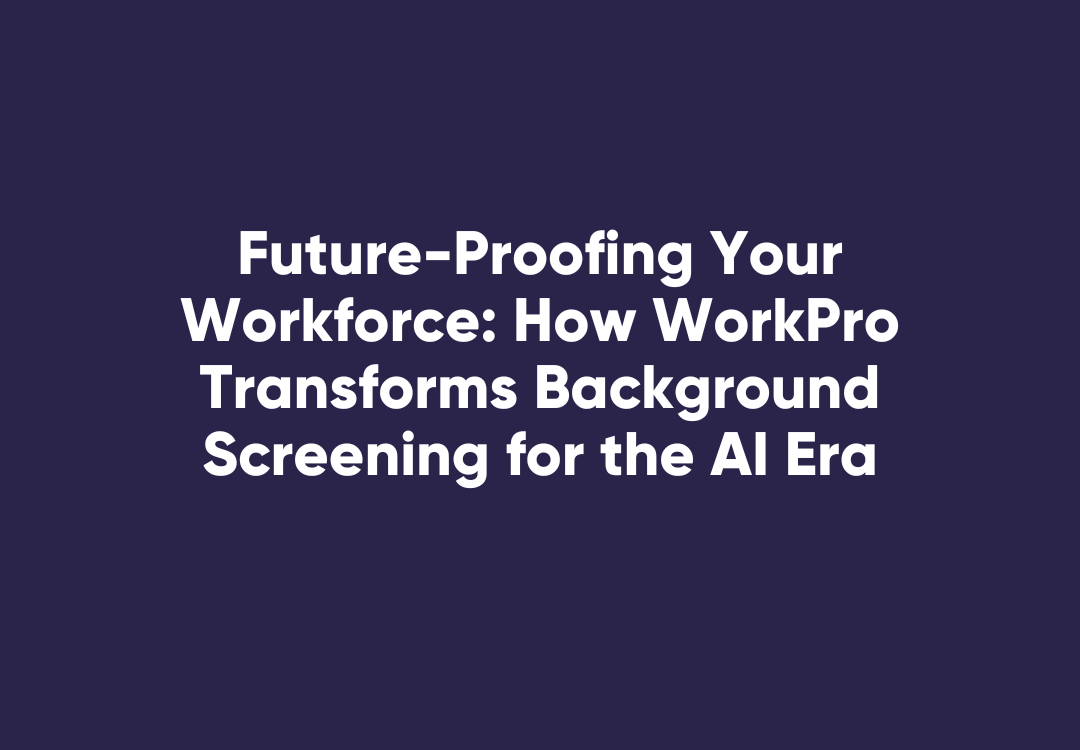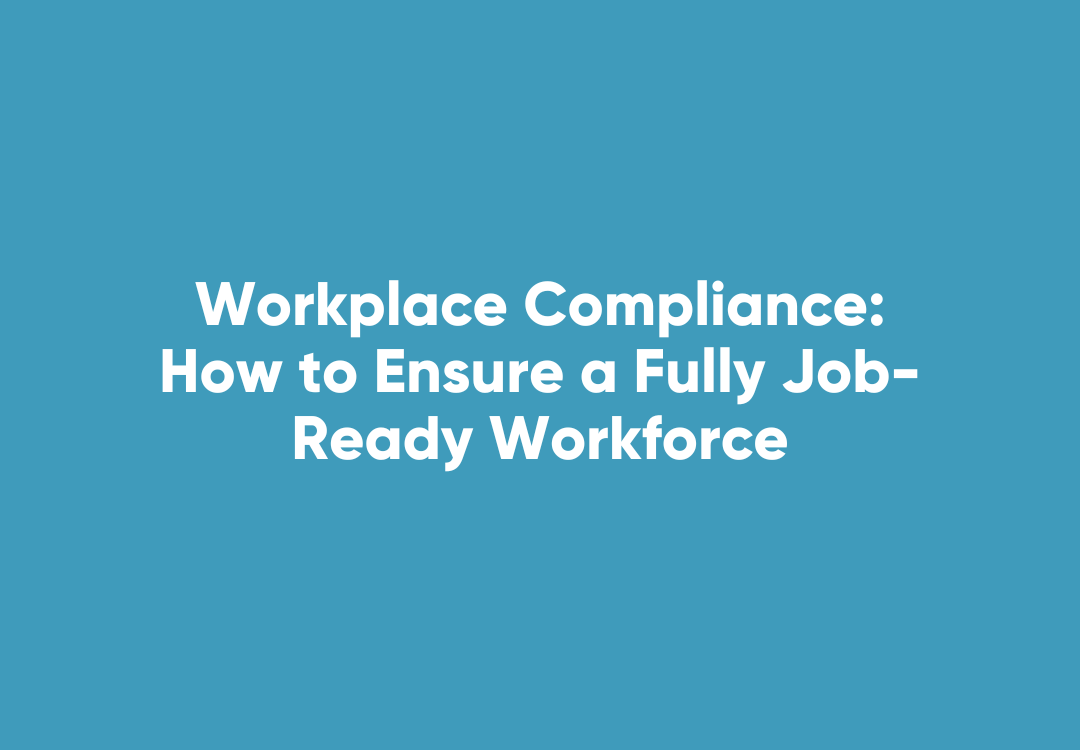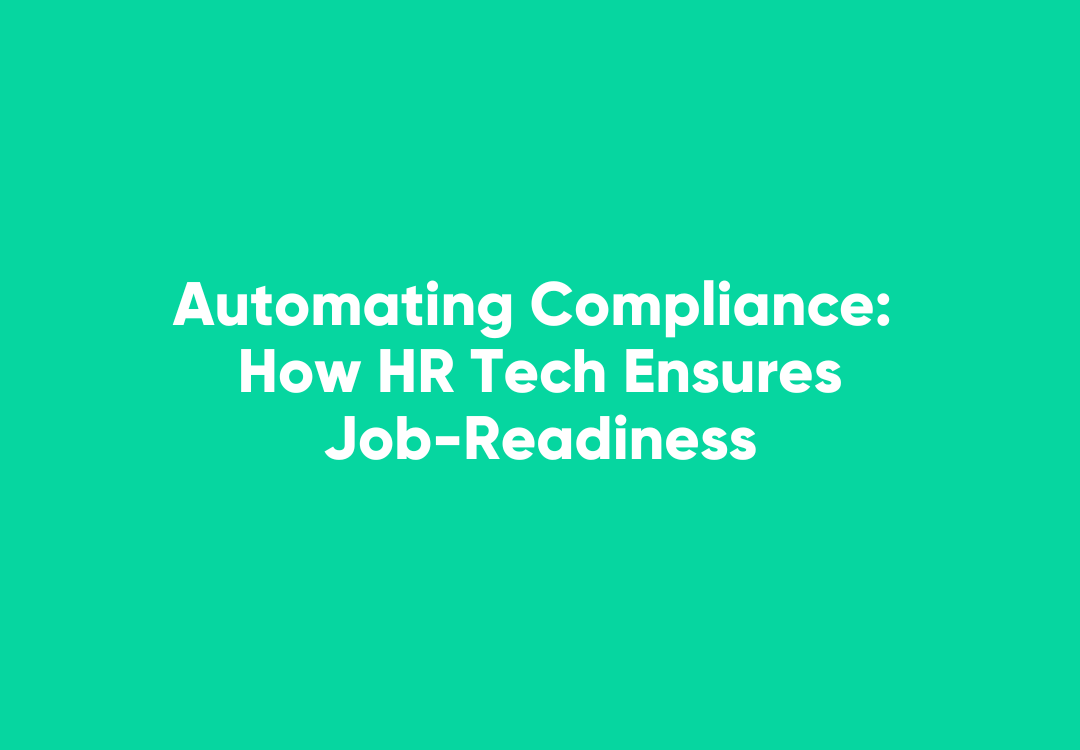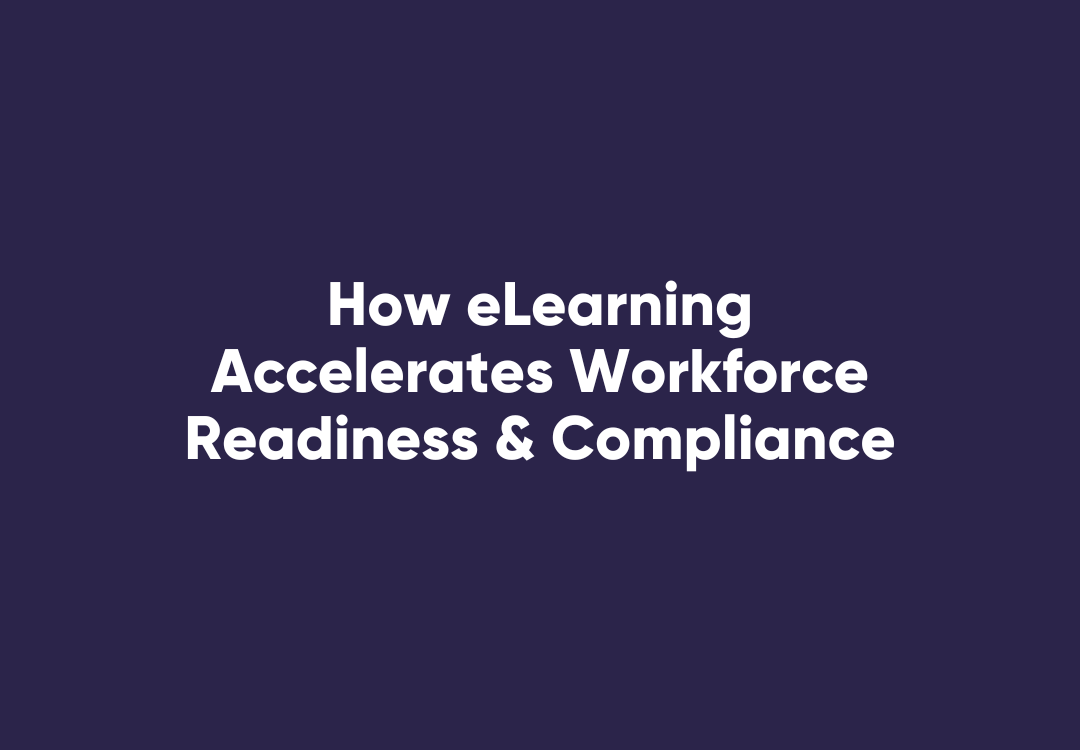Does Your Company Culture Encourage Bullying?
Employee engagement and company culture are buzzwords that have dominated the thoughts of human resources experts for years now. These terms are often tied to business benefits ranging from turnover rates to productivity. However, there’s another important reason to be concerned with company culture: Workplace bullying.
What Is Company Culture?
On a general level, it’s the values and practices that characterise an organisation and shape the behaviour of its staff. It might be driven by the organisation’s vision and purpose, while the language, systems, tools, resources and operational processes all help to shape its development.
Company culture is important because it can influence co-worker relationships, productivity and performance. If they’re more aware of and invested in the company’s mission, for instance, they might put more effort into “all hands on deck” situations.
At the same time, the organisation’s values could affect hiring decisions. Because of this, company culture can be a major factor in whether workplace bullying becomes an issue. Culture informs the way colleagues interact with each other and carry out their responsibilities, so it can either encourage bullying or create an environment where it’s not tolerated.
The importance of positive company culture and employee engagement has been magnified in recent years. Due to the pandemic, lockdowns and the majority of the country working remotely, new steps were taken by employers to stay connected and engaged with their workforce from afar.
Putting An End to Workplace Bullying
Despite the strengthening of anti-bullying legislation in Australia over the last few years, reports indicate that the country still has a persistent problem with workplace bullying. Which is why it’s so vital to have procedures and processes in place to deal with this issue.
In addition to informing employees about their rights when it comes to harassment in the workplace and addressing bullying during staff inductions, organisations should evaluate whether their company culture is doing enough to eliminate this behaviour.
This starts with a strong commitment not to tolerate such behaviour. Furthermore, enterprises should ensure their values, beliefs and vision are consistently promoted and a cornerstone of the workplace.
Your company induction program presents the perfect opportunity to set the tone for positive company culture from day one, so that new starters feel welcome and comfortable in the knowledge that they’re working for a company with their workforce’s health in mind.
A three-step approach is most effective:
- Define your values
- Communicate these positions to employees
- Regularly promote and consistently enforce them
For example, you could state or display your core values at the start of each staff meeting, highlight cases of staff members living out these attributes, implement tools to facilitate the right kind of co-worker dynamics and have clear disciplinary measures in place for deviation.
Positive company culture and employee engagement are huge factors that candidates consider when looking for a job. Workers want to know that they’re stepping into a healthy, positive workplace where they’re supported on all fronts.












